Southeast Asia, with its rich history, diverse cultures, and breathtaking landscapes, is one of the most affordable travel destinations in the world. Whether you’re a backpacker on a tight budget or someone simply looking to stretch your dollars, Southeast Asia offers plenty of opportunities to explore without breaking the bank. This guide is packed with practical budget travel tips to help you make the most of your trip to this fascinating region.
Table of Contents
Planning Your Budget Travel in Southeast Asia
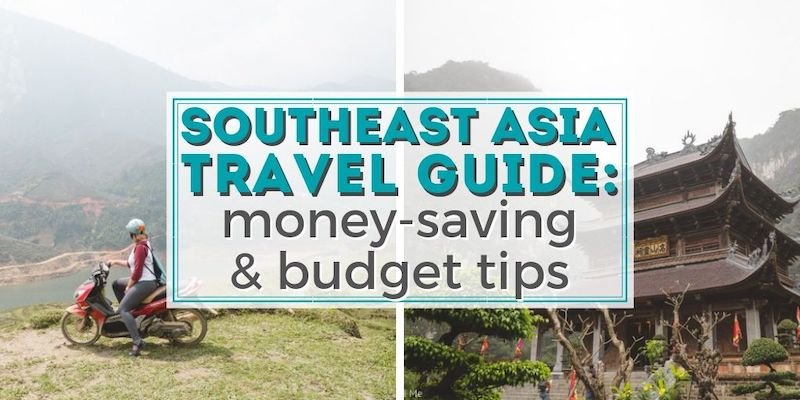
Before you pack your bags, it’s essential to set a realistic budget. Southeast Asia is known for its affordability, but the costs can vary greatly depending on the country, city, and your travel style.
How to Set a Realistic Travel Budget
Start by researching the cost of accommodation, food, transportation, and activities in the countries you plan to visit. It’s a good idea to allocate a daily budget for each category and stick to it. For example, in countries like Thailand and Vietnam, you can find simple meals for as little as $2, while in more touristy areas, meals may cost $5-$7.
Understanding the Cost of Living in Southeast Asia
Countries like Vietnam and Cambodia are generally more affordable compared to Malaysia or Singapore, where costs are slightly higher. But even in more expensive destinations, budget options are always available.
Best Time to Visit Southeast Asia on a Budget
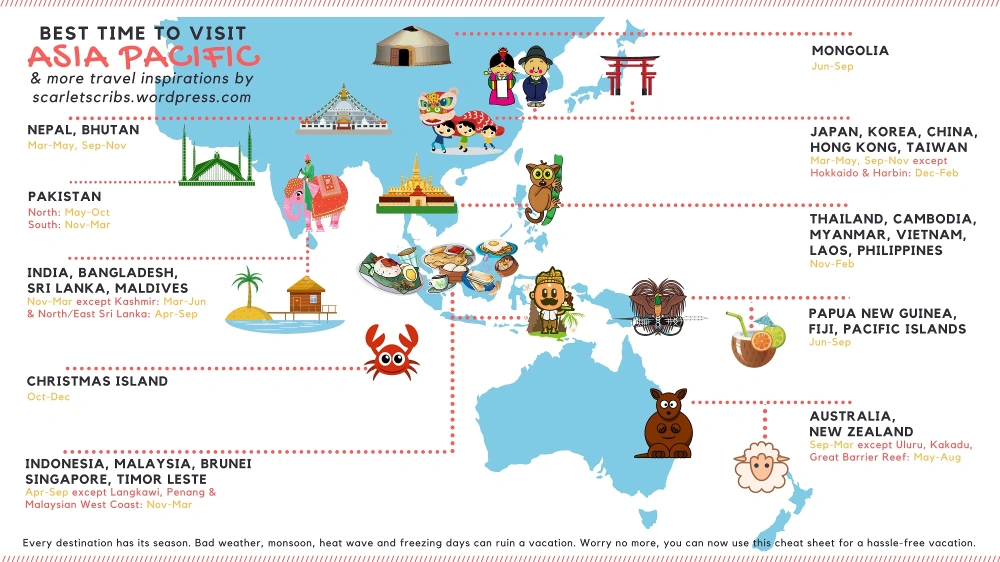
Timing is key when it comes to saving money. Southeast Asia has distinct high and low seasons, and traveling during the off-peak months can save you a lot.
High Season vs Low Season
High season (November to February) coincides with the best weather, but it also means higher prices for flights, accommodation, and tours. If you’re looking for cheaper options, try traveling during the shoulder seasons (March-May and September-October). You might encounter occasional rain, but the trade-off is that prices drop significantly.
Choosing Budget-Friendly Destinations in Southeast Asia
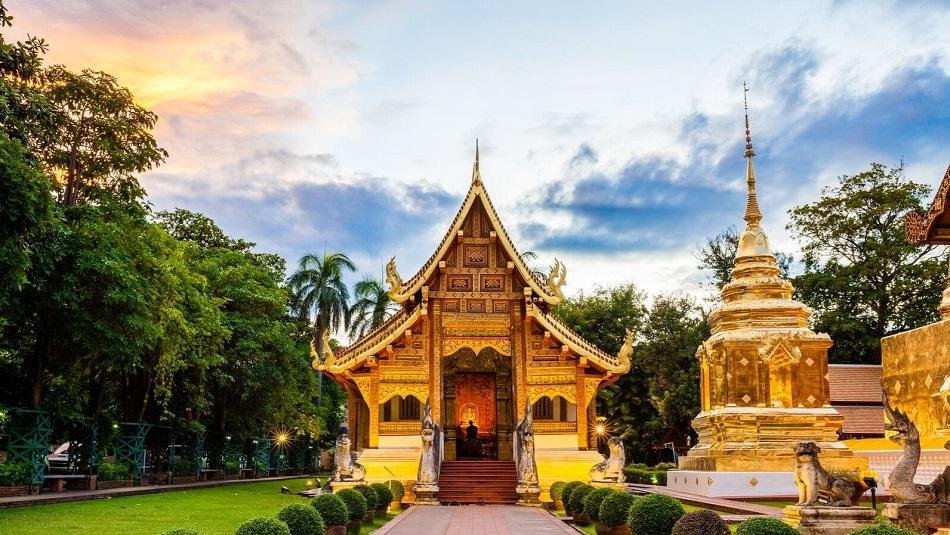
Each country in Southeast Asia offers unique experiences, and some are more budget-friendly than others.
Top Budget Destinations
- Vietnam: With affordable food, accommodation, and beautiful landscapes like Ha Long Bay and the Mekong Delta, Vietnam is perfect for budget travelers.
- Cambodia: Home to the ancient Angkor Wat, Cambodia is incredibly cheap and full of historical and natural wonders.
- Thailand: While popular, Thailand offers a range of budget options, especially outside the major tourist cities like Bangkok.
- Laos: Known for its serene nature and low-cost lifestyle, Laos is a hidden gem for budget travelers.
- Indonesia: Bali and other islands are becoming increasingly popular but still offer excellent value.
Hidden Gems Off the Beaten Path
Don’t be afraid to venture beyond the well-known tourist spots. Cities like Chiang Mai (Thailand), Sapa (Vietnam), and Luang Prabang (Laos) offer incredible experiences without the crowds and hefty price tags.
Flights and Transportation
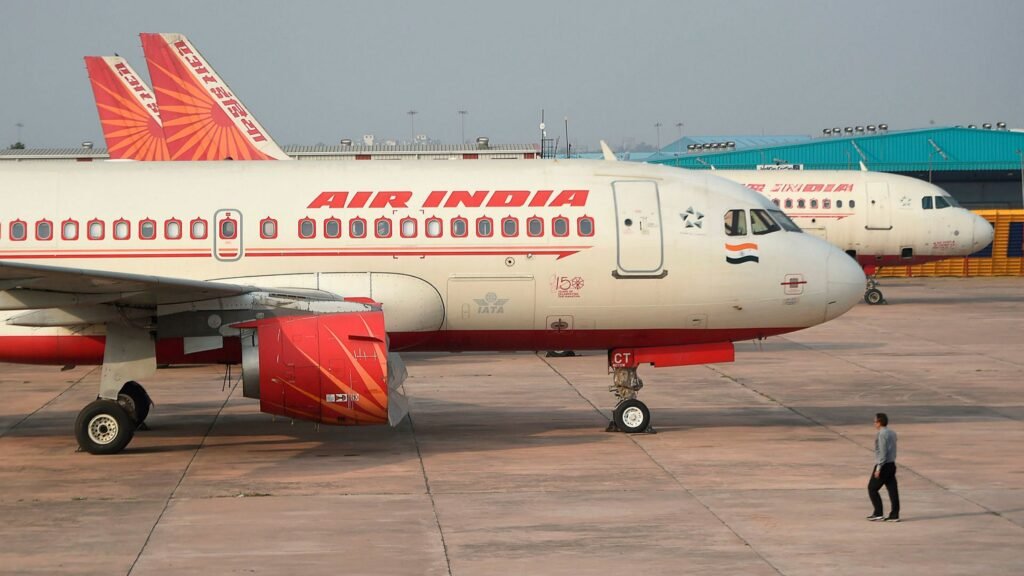
Finding Cheap Flights to Southeast Asia
Book your flights in advance and use price comparison websites like Skyscanner and Google Flights. Flying into major hubs like Bangkok, Ho Chi Minh City, or Kuala Lumpur can often be cheaper, and from there, you can travel to other parts of the region on low-cost carriers.
Transportation Within Southeast Asia
Southeast Asia is well-connected by affordable buses, trains, and budget airlines. In places like Thailand and Vietnam, taking a local bus or train can cost as little as $5-$10 for long-distance travel. Tuk-tuks and motorcycles are popular in many cities and are usually very affordable.
Accommodation Tips for Budget Travelers

Budget Accommodations
Hostels and guesthouses are common in Southeast Asia, and you can easily find dorm rooms or private rooms for a fraction of the price you would pay in the West.Many places provide advantages such as free Wi-Fi and breakfast.
Booking Strategies
Use websites like Booking.com or Hostelworld to compare prices and book in advance. During peak seasons, it’s especially important to reserve early to get the best deals.
Food and Dining on a Budget

Street Food
The street food in Southeast Asia is world-renowned for being both delicious and incredibly cheap. In Vietnam, try pho or banh mi for just a few dollars. Thailand offers pad thai, mango sticky rice, and fresh fruit for a very low cost.
Affordable Restaurants and Markets
Markets and local eateries are perfect for budget travelers. These spots offer authentic dishes at local prices, often much cheaper than restaurants in tourist areas.
Saving Money on Tours and Activities

Low-Cost Sightseeing
Many natural attractions like beaches, waterfalls, and temples are free or have minimal entrance fees. You can also explore cities by walking or renting a bicycle for a low cost.
DIY Tours vs Guided Tours
While guided tours can be great for specific experiences (like visiting temples or trekking), you can often save money by exploring on your own, especially in cities with good public transportation.
Money-Saving Tips While Traveling

Using Local Currency vs International Cards
Exchange rates can be a killer, so it’s wise to withdraw local currency from ATMs and use cash wherever possible. Avoid international transaction fees by using a travel-friendly debit card.
Avoiding Tourist Traps
Watch out for common tourist traps where prices are inflated. A little research goes a long way—ask locals for recommendations instead.
Safety and Travel Insurance on a Budget
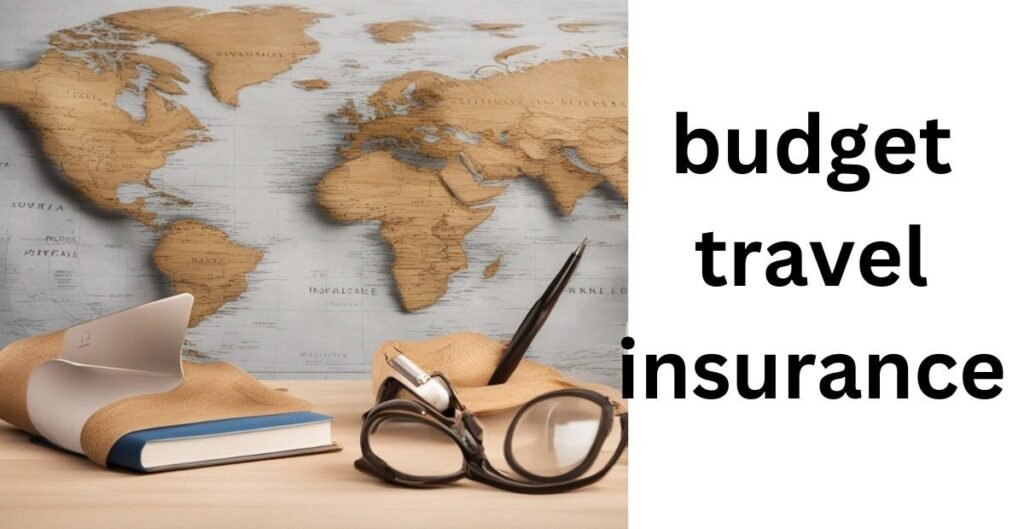
Affordable Travel Insurance
Travel insurance is necessary, but it doesn’t have to cost a fortune. Look for affordable policies that cover essential needs such as medical expenditures and trip cancellations.
Safety Tips for Budget Travelers
Stick to well-trafficked places, especially if you’re travelling alone. Keep your belongings safe and be mindful of your surroundings, especially in crowded marketplaces and transportation hubs.
Internet and Communication Tips

Staying Connected Cheaply
Buying a local SIM card is usually the most affordable option for staying connected. Many Southeast Asian countries offer tourist SIM cards that come with plenty of data for a low price.
Packing Smart for Budget Travel
Essentials to Pack
Travel light to avoid extra baggage fees. Essentials include lightweight clothing, sunscreen, a reusable water bottle, and a portable power bank.
Traveling Light
Packing light doesn’t just save you money on baggage fees—it also makes navigating through airports and public transport much easier.
Cultural Etiquette and Tips for Respectful Budget Travel

Respecting Local Customs
Being mindful of local cultures is crucial when traveling on a budget. Always dress modestly when visiting temples, be polite to locals, and learn a few basic phrases in the local language.
Dealing with Unexpected Costs

Handling Emergencies
While it’s important to have a budget, it’s equally important to have a buffer for emergencies. Having an emergency fund can save you a lot of stress during your travels.
Conclusion
Southeast Asia offers an abundance of travel experiences that are both affordable and enriching. By planning ahead, choosing budget-friendly destinations, and being smart about your spending, you can have an incredible adventure without breaking the bank. Whether you’re exploring bustling cities, ancient temples, or stunning beaches, Southeast Asia is waiting for you to experience it on your own terms.




